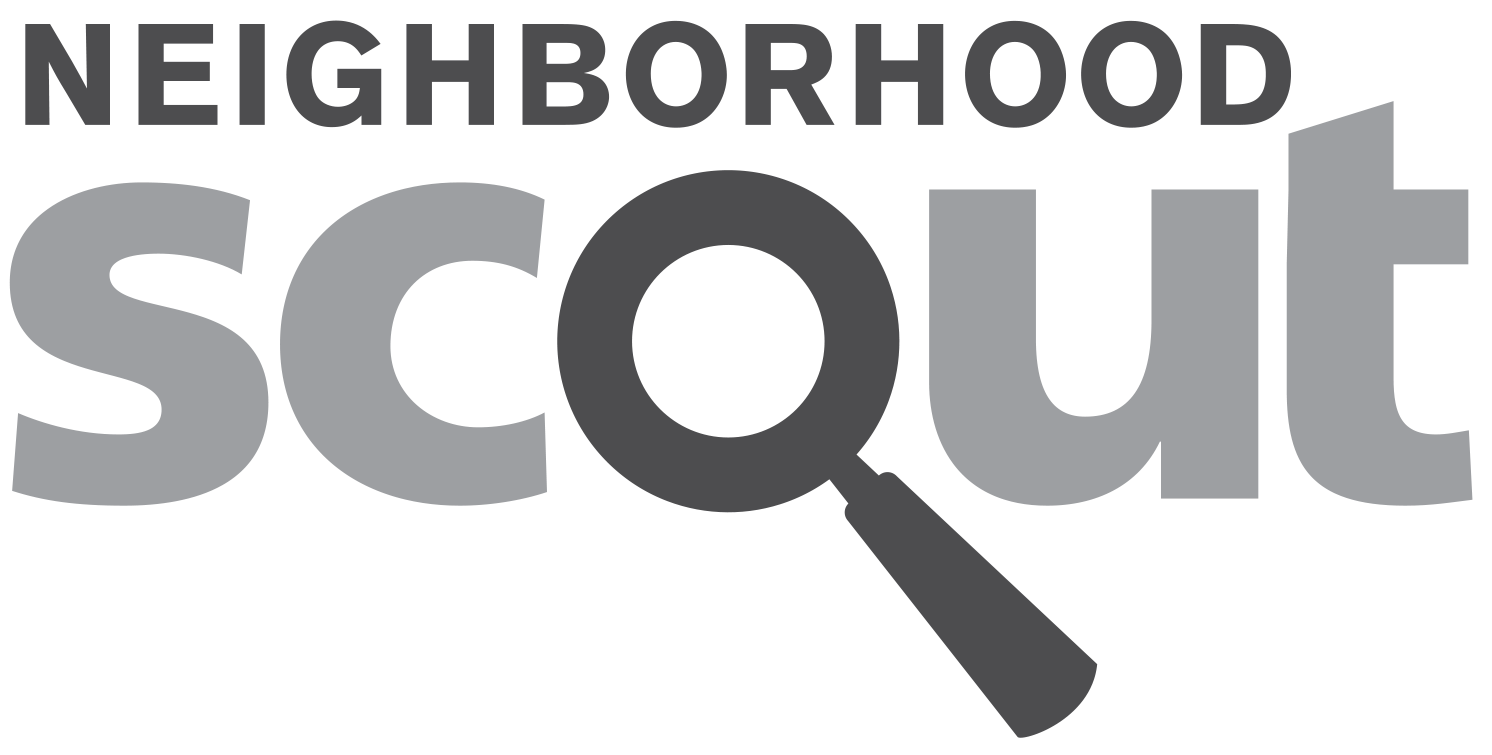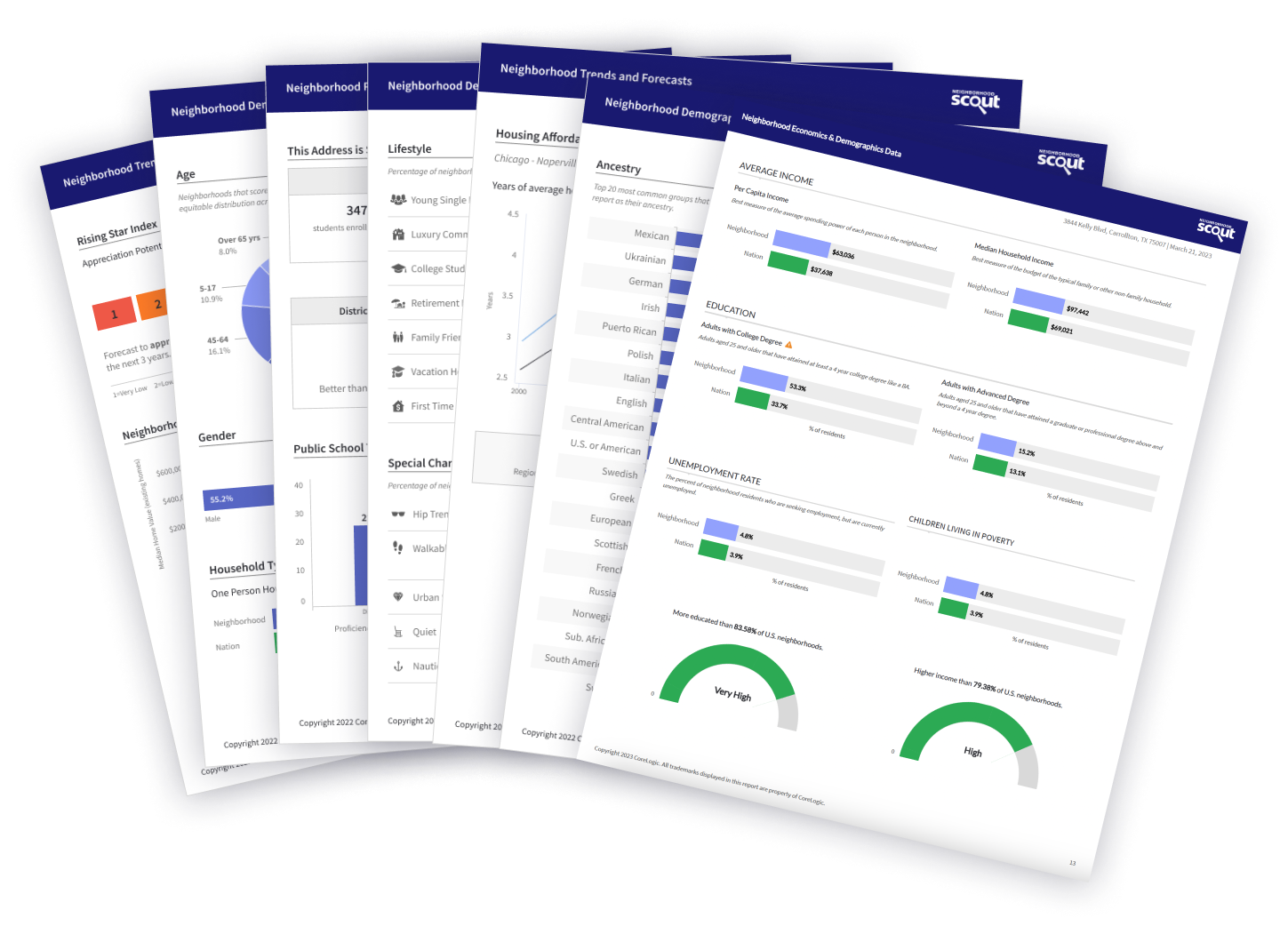Rogers Park East median real estate price is $360,747, which is more expensive than 52.7% of the neighborhoods in Illinois and 41.4% of the neighborhoods in the U.S.
The average rental price in Rogers Park East is currently $2,040, based on NeighborhoodScout's exclusive analysis. Rents here are currently lower in price than 49.0% of Illinois neighborhoods.
Rogers Park East is a densely urban neighborhood (based on population density) located in Chicago, Illinois.
Rogers Park East real estate is primarily made up of small (studio to two bedroom) to medium sized (three or four bedroom) apartment complexes/high-rise apartments and small apartment buildings. Most of the residential real estate is renter occupied. Many of the residences in the Rogers Park East neighborhood are relatively historic, built no later than 1939, and in some cases, quite a bit earlier. A number of residences were also built between 1940 and 1969.
Rogers Park East has a 12.1% vacancy rate, which is well above average compared to other U.S. neighborhoods (higher than 70.8% of American neighborhoods). Most vacant housing here is vacant year round. This could either signal that there is a weak demand for real estate in the neighborhood or that large amount of new housing has been built and not yet occupied. Either way, if you live here, you may find many of the homes or apartments are empty.
The way a neighborhood looks and feels when you walk or drive around it, from its setting, its buildings, and its flavor, can make all the difference. This neighborhood has some really cool things about the way it looks and feels as revealed by NeighborhoodScout's exclusive research. This might include anything from the housing stock to the types of households living here to how people get around.
The types of households in a neighborhood can tell a lot about the character and lifestyle of those living here. NeighborhoodScout's exclusive analysis reveals that this neighborhood, above nearly every neighborhood in America, has a greater percentage of its residents living alone: 68.1%. This is a higher percent living alone than we found in 99.6% of all U.S. neighborhoods. Often residents who live alone are new arrivals to an area who are single, and often senior citizens who have lost a spouse.
In addition, the Rogers Park East neighborhood stands out within Illinois for its college student friendly environment. NeighborhoodScout's analysis reveals that this neighborhood is home to a number of college students, is relatively walkable, and above average in safety. In combination, this makes it stand out for a good place for college students to consider. Because a number of college students live here, this neighborhood may be close to a college campus and offer certain amenities nearby geared towards the student body. While it's not an environment for everyone, ambitious scholars can enjoy seasonal excitement between semesters and school breaks, and parents can rest easy knowing that the area has an above average safety rating. For each of these reasons, the neighborhood is rated among the top 7.8% of college-friendly places to live in IL.
The real estate in the Rogers Park East neighborhood really stands out in the way it looks for a unique reason: this neighborhood has a higher proportion of apartment complexes or high-rise apartments than nearly every neighborhood in the country. Most neighborhoods are a mixture of real estate and housing types, but here it is almost entirely dominated by big apartment buildings and complexes. In fact, 97.3% of the real estate here is classified as apartment complexes or high-rise apartments, which is more than is found in 99.5% of American neighborhoods.
In addition, the Rogers Park East neighborhood is very unique in that it has one of the highest proportions of one, two, or no bedroom real estate of any neighborhood in America. Most neighborhoods have a mixture of home or apartment sizes from small to large, but here the concentration of studios and other small living spaces is at near-record heights. With 95.2% of the real estate here of this small size, this most assuredly is a notable feature that makes this neighborhood unique, along with just a handful of other neighborhoods in the U.S. that share this characteristic.
Furthermore, the Rogers Park East neighborhood is very densely populated compared to most U.S. neighborhoods. In fact, with 53,893 persons per square mile in the neighborhood, it is more packed with people than 98.6% of the nation's neighborhoods. Being a walkable neighborhood can help increase property values for the simple reason that people enjoy it and value it. To put it plainly, despite our love affair with the automobile, American's enjoy taking to the streets, sidewalks, paths, and courtyards of a place to get a coffee, relax, and take in the sights and sounds. And, according to NeighborhoodScout's exclusive and first quantitative walkable score index, the Rogers Park East neighborhood is one of the most walkable neighborhoods in America.
Also of note, 85.7% of the real estate in the Rogers Park East neighborhood is occupied by renters, which is nearly the highest rate of renter occupancy of any neighborhood in America.
In the Rogers Park East neighborhood, 35.6% of people ride the train to work each day. This is a very high percentage compared to most places. In fact, NeighborhoodScout's analysis reveals that this is a higher level of train ridership than in 98.7% of the neighborhoods in America.
Also, would you like to be able to ride your bike to work? If you are attracted to the idea of getting a little exercise of the two-wheeled type while reducing your carbon footprint, bicycling to work might be the answer. But which neighborhood you live in can make this either impossible, or alternatively, a great and realistic option. NeighborhoodScout's analysis revealed that the Rogers Park East neighborhood is a fantastic option for bicycle commuters, as 3.2% of commuters here do ride their bikes to and from work on a daily basis. This is a higher amount than we found in 96.2% of the neighborhoods in America.
American households most often have a car, and regularly they have two or three. But households in the Rogers Park East neighborhood buck this trend. 41.6% of the households in this neighborhood don't own a car at all. This is more carless households than NeighborhoodScout found in 98.2% of U.S. neighborhoods.
Did you know that the Rogers Park East neighborhood has more Lithuanian and Jamaican ancestry people living in it than nearly any neighborhood in America? It's true! In fact, 1.8% of this neighborhood's residents have Lithuanian ancestry and 4.7% have Jamaican ancestry.
Rogers Park East is also pretty special linguistically. Significantly, 5.1% of its residents five years old and above primarily speak Russian at home. While this may seem like a small percentage, it is higher than 99.7% of the neighborhoods in America.
How wealthy a neighborhood is, from very wealthy, to middle income, to low income is very formative with regard to the personality and character of a neighborhood. Equally important is the rate of people, particularly children, who live below the federal poverty line. In some wealthy gated communities, the areas immediately surrounding can have high rates of childhood poverty, which indicates other social issues. NeighborhoodScout's analysis reveals both aspects of income and poverty for this neighborhood.
The neighbors in the Rogers Park East neighborhood in Chicago are lower-middle income, making it a below average income neighborhood. NeighborhoodScout's research shows that this neighborhood has an income lower than 84.6% of U.S. neighborhoods. In addition, 6.3% of the children seventeen and under living in this neighborhood are living below the federal poverty line, which is a lower rate of childhood poverty than is found in 60.2% of America's neighborhoods.
A neighborhood is far different if it is dominated by enlisted military personnel rather than people who earn their living by farming. It is also different if most of the neighbors are clerical support or managers. What is wonderful is the sheer diversity of neighborhoods, allowing you to find the type that fits your lifestyle and aspirations.
In the Rogers Park East neighborhood, 60.9% of the working population is employed in executive, management, and professional occupations. The second most important occupational group in this neighborhood is sales and service jobs, from major sales accounts, to working in fast food restaurants, with 22.7% of the residents employed. Other residents here are employed in clerical, assistant, and tech support occupations (10.9%), and 5.5% in manufacturing and laborer occupations.
Languages
The languages spoken by people in this neighborhood are diverse. These are tabulated as the languages people preferentially speak when they are at home with their families. The most common language spoken in the Rogers Park East neighborhood is English, spoken by 79.7% of households. Other important languages spoken here include African languages, Spanish, Russian and French.
Ethnicity / Ancestry
Boston's Beacon Hill blue-blood streets, Brooklyn's Orthodox Jewish enclaves, Los Angeles' Persian neighborhoods. Each has its own culture derived primarily from the ancestries and culture of the residents who call these neighborhoods home. Likewise, each neighborhood in America has its own culture – some more unique than others – based on lifestyle, occupations, the types of households – and importantly – on the ethnicities and ancestries of the people who live in the neighborhood. Understanding where people came from, who their grandparents or great-grandparents were, can help you understand how a neighborhood is today.
In the Rogers Park East neighborhood in Chicago, IL, residents most commonly identify their ethnicity or ancestry as German (20.2%). There are also a number of people of Irish ancestry (11.9%), and residents who report Italian roots (7.1%), and some of the residents are also of Asian ancestry (6.9%), along with some Polish ancestry residents (6.6%), among others. In addition, 18.7% of the residents of this neighborhood were born in another country.
How you get to work – car, bus, train or other means – and how much of your day it takes to do so is a large quality of life and financial issue. Especially with gasoline prices rising and expected to continue doing so, the length and means of one's commute can be a financial burden. Some neighborhoods are physically located so that many residents have to drive in their own car, others are set up so many walk to work, or can take a train, bus, or bike. The greatest number of commuters in Rogers Park East neighborhood spend between 45 minutes and one hour commuting one-way to work (39.5% of working residents), longer and tougher than most commutes in America.
Here most residents (35.6%) take the train to get to work. In addition, quite a number also drive alone in a private automobile to get to work (31.7%) . This neighborhood is distinguished by the high number of residents who take the train to work each day, which can be a very good way to get to work at a lower cost and with less pollution.

